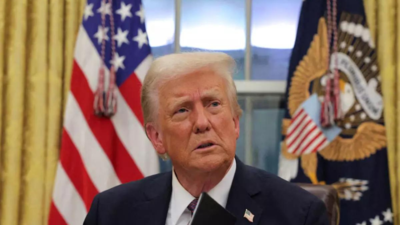Jiang Zemin, who died Wednesday at 96, was China’s president during a time when the country emerged as a global economic powerhouse. His rise to high office was sudden. Communist regimes in the late 1980s were haunted by glasnost and perestroika (openness and reforms), the buzzwords of Soviet leader Mikhail Gorbachev. In China, Deng Xiaoping, who started the process of reforming the Chinese economy in the 1970s, had other ideas. The reforms had unleashed forces of change and Zhao Ziyang was primed to succeed Deng as the party head. But when students mobilised in the Tiananmen Square in 1989 and challenged the authority of the Communist Party, Deng called in the tanks. Zhao, who resisted the crackdown, was removed from office. Hundreds of protestors died but China’s party-state was saved. Deng chose Jiang, the party boss of Shanghai, to replace Zhao.
Jiang negotiated Beijing’s entry into the WTO in 2001, which enabled China to access Western markets. Like Deng he was a pragmatic communist, engaged with the US and eschewed confrontation. His India visit in 1996 deepened bilateral ties. His theory of Three Represents provided a rationale for supporting private entrepreneurs. By the time he left the party leadership in 2002, and the presidency in 2003, China was on its way to becoming a global economic power.
Jiang’s funeral will take place in the backdrop of unprecedented protests across China, over the Covid lockdowns. As China mourns Jiang, could there be another twist in the tale?









![Best Weight Loss Supplements [2022-23] New Reports!](https://technologytangle.com/wp-content/uploads/2022/12/p1-1170962-1670840878.png)




